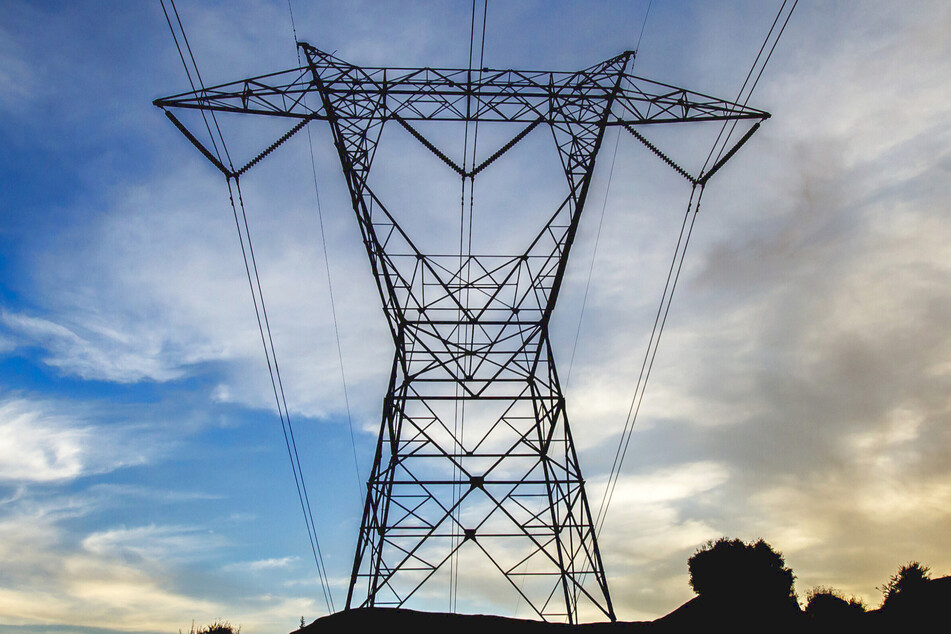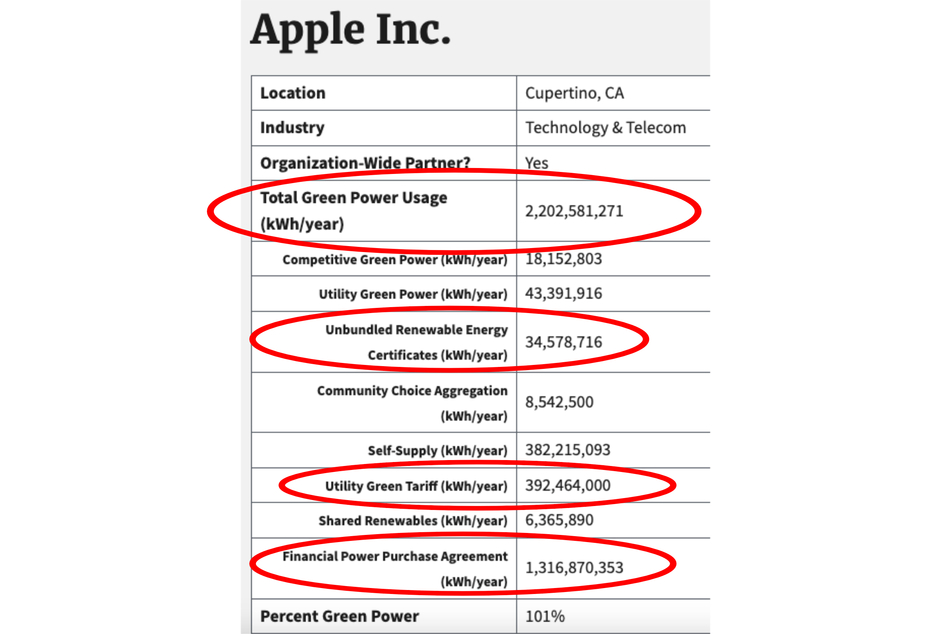Renewable Energy Certificates: How tech giants and banks can say they're 100% green – even though they aren't
Apple, Capital One, Facebook, Goldman Sachs Group, Google, and Microsoft have all claimed that 100% of the electricity they use is from renewable sources – but so much is just down to shuffling paper and contracts, as TAG24 can show.

These companies all made a pledge to the RE100, a global initiative for corporations who aim to use 100% renewable electricity in order to stop climate change.
The RE100's guidelines accept a direct line to a renewable energy source – or on-site generation – but there are also less direct ways for companies to meet their RE100 promise.
That's where Green Tariffs or Renewable Energy Certificates (RECs) come in.
Green Tariffs are contracts for electricity supply that companies can set up with grid utility companies or renewable energy projects, who sell their electricity to the grid. The customer agrees to pay a fixed rate for electricity and pays extra to receive Renewable Energy Certificates for the amount of electricity they use.
Renewable Energy Certificates each stand for one Megawatt hour (MWh) of electricity from renewable sources, and can be sold by energy suppliers directly to companies who want to prove their purchase of renewable electricity.
But one hugely misleading part of green RECs is that the electricity a company gets through the grid is not necessarily the same renewable electricity that a suppliers sells it RECs for.
Untangling electricity supply and the grid

There are two lanes of traffic in when talking about electricity and RECs.
One lane is for the renewable energy supplier. Let's say the supplier is the owner of a wind farm in Texas, who issues RECs whenever the wind farm generates one MWh of electricity. Then, the supplier can sell those RECs to customers.
The other lane is for electricity. That wind farm's one MWh of electricity goes into the grid, which is operated by a utility company.
The utility company buys the electricity from the wind farm, and also buys the electricity created by other suppliers, such as the solar farm down the road, or the natural gas plant across the street. All these vastly different types of energy are thrown into the same pot, so to speak, and distributed randomly.
That's where the problems start. The company purchasing electricity through a Green Tariff and buying RECs can claim that it is paying for the one MWh of renewable electricity supplied by the wind farm – even if it can't know if that one MWh flowing from the grid comes from the wind farm or from the gas plant.
Essentially, there is no way for customers to know if their supply of electricity is actually from a renewable supplier or from a CO2 emitting fossil fuel plant, since they can't pick and choose exactly which type of energy they get from the grid.
So, if you use 1000 MWh of electricity from any source for your tech company, and also purchase 1000 RECs, then you can declare that you use electricity from 100% renewable sources. You just can't prove it, because of how the grid supplies your tech company with electricity.
100% renewable electricity? simply untrue

The Environmental Protection Agency's reports on 100% Green Power Users show exactly how these companies get to the magic number.
Apple has claimed 100% renewable electricity for all facilities in 43 countries since April 2018. In its 2020 reporting, Apple told the EPA that it used 2.2 million MWh of renewable electricity for the past year.
However, in its report, the company uses only 382,215 MWh of self-generated renewable electricity, with the rest coming from the grid.
More than half of Apple's renewable electricity is from Financial Power Purchase Agreements. These power purchase agreements still need the grid to transmit the electricity, so Apple cannot know which amount of the grid-provided electricity is renewable and how much is from dirty sources. In addition, Apple doesn't even include its extensive supply chain in calculating renewable electricity use.
Capital One says that it has been using 100% renewable electricity since 2017, but in 2020, 100% of its renewable electricity is chalked up to RECs. Capital One’s Environmental, Social, and Governance Fact Sheet also shows that in 2020 the company used 32,962 MWh which came from non-renewables.
Facebook claimed it's only using green energy and explained how in an official statement from April 2021. The social media giant uses its massive data center in Prineville, Oregon as an example for using only renewable electricity through a green tariff. Look past the marketing and you will find that the company has been paying PacifiCorp for grid electricity and buying unbundled RECs to offset the amount of electricity it uses there since 2018.
Goldman Sachs Group didn't even make it to the 100% mark, but in 2020 it declared that 99.1% renewable electricity is enough to do a victory lap by rounding up. In an explanation on sustainable energy, Goldman Sachs Group explains that part of their energy strategy includes purchasing RECs or green instruments if renewable electricity is not directly available.
The Goldman Sachs Group's 2020 Sustainability Report shows that renewable electricity isn't always "directly available", because the report lists 145,000 metric tonnes of CO2 emissions from purchased electricity. That can only come from non-renewable sources.
Google explicitly says that "we’re still drawing power from the grid, some of which is from carbon-emitting resources" in their 2020 Environmental Report. This concession is rare, and the prize for transparency goes to Google, because doing the bare minimum beats doing absolutely nothing.
Microsoft claims it has been using 100% renewable electricity since 2014. Yet over 50% of its "green" energy use is offset with RECs.
Claiming 100% renewable electricity for all of a company’s locations and operations without through what amounts to a clever accounting trick is misleading at best. TAG24 contacted the RE100 for comment and has yet to receive a response.
Cover photo: Collage: IMAGO/photosteinmaurer.com, IMAGO/UIG/PeterxBennett
